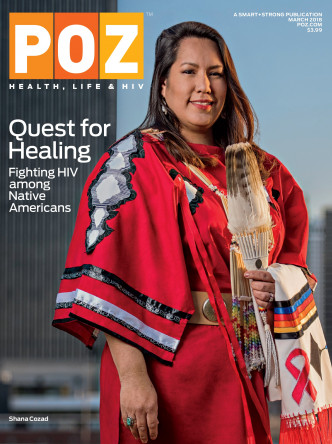Friday, March 20, marks National Native HIV/AIDS Awareness Day (NNHAAD) 2020. Native communities in the United States include American Indian and Alaska Native (AI/AN) populations as well as Native Hawaiians.

An NNHAAD graphic from HIV.gov available to share on social mediaCourtesy HIV.gov/Ready, Set, PrEP
The number of new HIV diagnoses among Native people increased 46% (from 157 to 230) between 2010 and 2016, according to the Centers for Disease Control and Prevention.
According to NNHAAD.org, the awareness day strives to reach three goals:
- Encourage Native people to get educated and to learn more about HIV/AIDS and its impact in their community;
- Work together to encourage testing options and HIV counseling in Native communities;
- Help decrease the stigma associated with HIV/AIDS.
The awareness day coincides with the first day of spring, which falls on March 19, 20 or 21, depending on the year. NNHAAD was launched in 2007 by three organizations working together as the National Native Capacity Building Assistance Network.
“Spring represents a time of equality and balance and is the only day when day and night are at equal lengths,” according to NNHAAD.org. “It is considered a time of profound change, new beginnings and birth; a celebration of life for all people.”
You can download social media kits at HIV.gov and NNHAAD.org.

POZ March 2018
2018’s March cover of POZ featured Shana Cozad, a member of the Kiowa tribe of Oklahoma who has been living with HIV for more than two decades. For more, read “Quest for Healing: Overcoming the Challenges of Fighting HIV Among Native Americans.”
Cozad is also featured in the CDC’s “Let’s Stop HIV Together” campaign, which includes the digital story posted above.







Comments
Comments